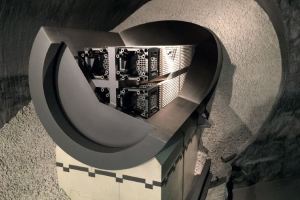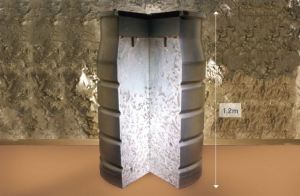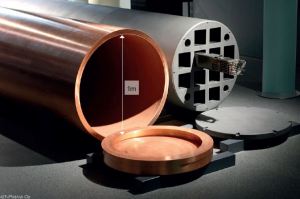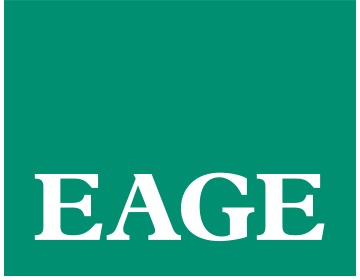Collection Editors
Simon Norris (Nuclear Waste Services, UK)
Andrew Cooke (Nuclear Waste Services, UK)
Scope
Geoenergy is calling for papers to be submitted to the thematic collection “Sustainable geological disposal and containment of radioactive waste”.
Nuclear power will play an important role in the energy transition, with the geological disposal of radioactive waste, and waste management from upstream supply being crucial for responsible production and consumption. For countries with nuclear energy capability, providing safe long-term disposal of legacy and future higher activity radioactive wastes through deep burial in geological disposal facilities (GDFs) (covering low heat generating wastes and high heat generating wastes, and including spent fuel and high-level waste) is critical.
The concept of a GDF is one in which multiple engineered barriers, including vitrified and encapsulated waste forms, canisters, cement/clay backfill, and ultimately the natural barrier of host rock (the geosphere). Different host rock types are being considered internationally, and include high strength rocks (e.g., metamorphic or volcanic rocks), lower strength sedimentary rocks (e.g. mudstones and clay-rich rocks) and evaporite rocks (e.g. halite). To satisfy the requirements for a GDF safety case, many near-field and far-field factors need to be considered, including, for instance, the likelihood that fluid and solutes could flow or diffuse from the waste into surrounding host-rock and impact the far-field (particularly receptors within the biosphere). Both radionuclides and non-radiological pollutants present in the waste are considered.
This thematic collection is inviting submissions on a variety of topics that are of importance to upstream waste creation, disposal and management, as well as contributions that drive forward issues of responsible production and consumption across the energy transition.
Such topics will include, but are not limited to:
- Geological disposal facility (GDF) studies:
- Sub-surface characterization.
- Rock heterogeneity.
- Geomechanics – construction, operation and post-closure periods.
- Long-term climate and landscape evolution impacts upon GDF safety cases.
- Hydrogeology: understanding site evolution to present day as a basis for modelling longer term future change.
- Gas migration: waste-derived gases.
- Thermal evolution: impact on the host rock.
- Medium- to long-term geosphere-biosphere interactions.
- Engineered barrier systems: choice of materials, implementation and performance over time.
- Natural analogues and tracers for radioactive mobility in the environment and geosphere.
- The role of underground rock laboratories and scale experiments.
- Responsible production and consumption across the energy transition:
- Uranium mining impacts upon the environment.
- Radioactive waste creation at the upstream end of the supply chain.
- Nuclear energy geoscience life-cycle assessment.
Submission
Full author guidelines can be found here.
Submission should be made via the Geoenergy Editorial Manager website.
When submitting manuscripts make sure to identify the submission as being for ‘Sustainable geological disposal and containment of radioactive waste’ collection by selecting it from the ‘Section/Category’ drop-down list.
Submission deadline: 31 March 2024
For any queries contact the journal office.
Accepted papers will appear below on an ongoing basis.



Images source: https://www.gov.uk/guidance/why-underground






